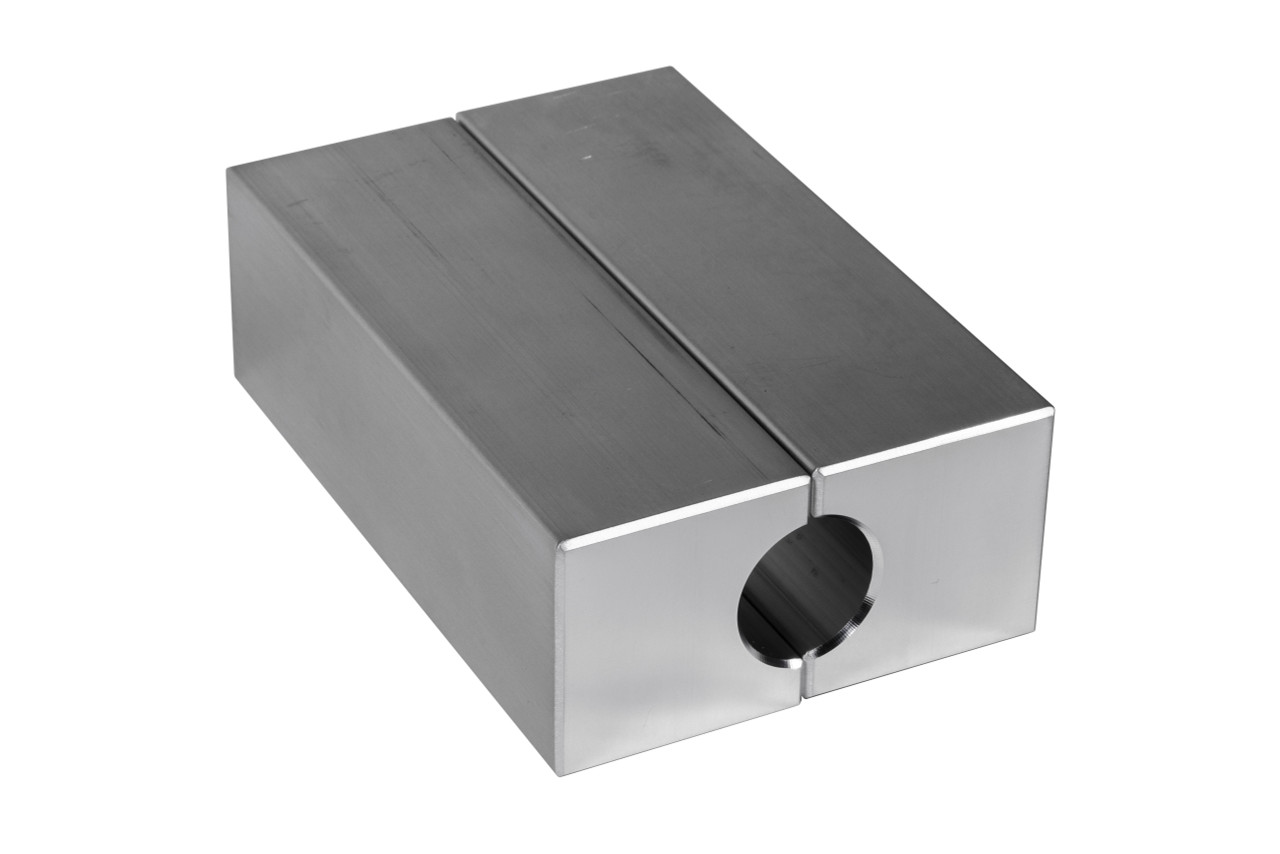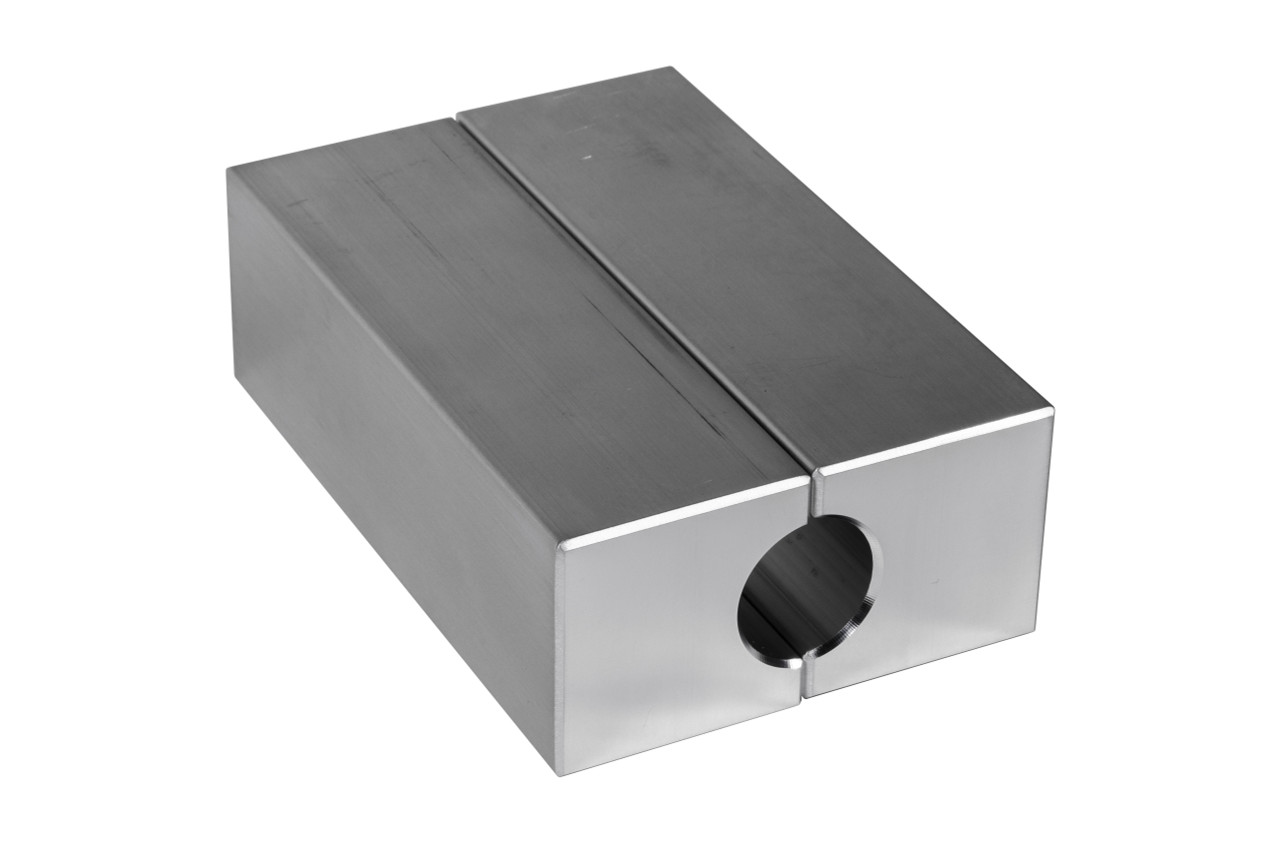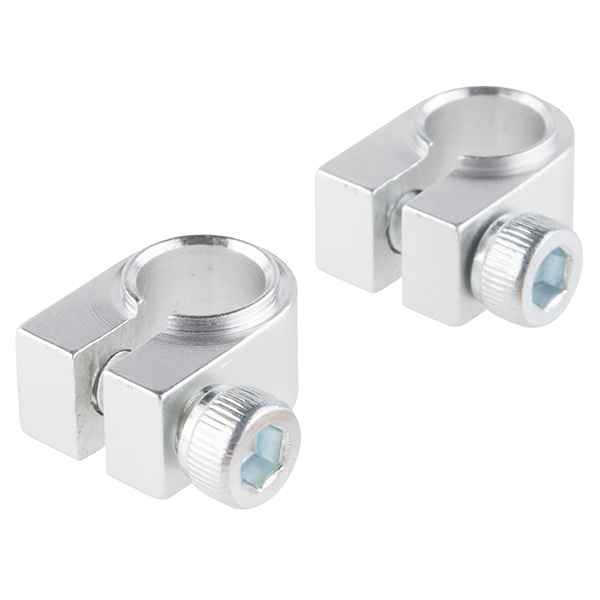Product Description
Product Description
Beam Clamp is made of malleable iron construction or steel or Ductile Iron . The product is manufactured from hot rolled carbon steel with a zinc finish. The clamp is intended for use hanging threaded rod and fits flanges or structural Steel up to different thick
Specification Sheet of Beam Clamps
| Size | Rod Size | Throat Size | Max Rec Load | Flange Thick | Packing |
| in | in | in | lbs. | mm | pcs/ctn |
| 3/8″ | 3/8″ | 3/4″ | 300 | No more than 3/4″ | 100 |
| 1/2″ | 1/2″ | 3/4″ | 300 | No more than 3/4″ | 100 |
Recommended Products
Company Profile
Packaging & Shipping
FAQ
Q: Are you trading company or manufacturer ?
A: We are factory.
Q: How long is your delivery time?
A: Generally it is 5-10 days if the goods are in stock. or it is 15-20 days if the goods are not in stock, it is according to quantity.
Q: Do you provide samples ? is it free or extra ?
A: Yes, we could offer the sample for free charge but do not pay the cost of freight.
Q: What is your terms of payment ?
A: Payment=1000USD, 30% T/T in advance ,balance before shippment.
If you have another question, pls feel free to contact us as below:
| Material: | Metal |
|---|---|
| Usage: | Pipe Clamp |
| Structure: | G Clamp |
| Standard: | Standard |
| Condition: | New |
| Thread: | 3/8 |
| Customization: |
Available
| Customized Request |
|---|
Are there educational resources on troubleshooting common issues with shaft clamps?
Yes, there are educational resources available to help troubleshoot common issues with shaft clamps. Here’s a detailed explanation:
When encountering problems with shaft clamps, it can be helpful to refer to educational resources that provide guidance on troubleshooting and resolving common issues. These resources can offer valuable insights into identifying and addressing problems related to shaft clamps. Here are some examples of educational resources:
1. Manufacturer’s Documentation:
The manufacturer of the shaft clamp may provide detailed documentation that includes troubleshooting information. This documentation can include user manuals, technical guides, or FAQs that address common issues and their resolutions for the specific clamp model. It’s highly recommended to consult the manufacturer’s documentation as a primary resource for troubleshooting.
2. Online Forums and Communities:
Online forums and communities focused on engineering, machinery, or specific industries can be a valuable source of information. These platforms often have discussions and threads dedicated to troubleshooting issues related to shaft clamps. Participating in these forums allows you to interact with experienced professionals, share problems, and seek advice on resolving specific issues.
3. Industry Publications and Magazines:
Industry publications and magazines related to mechanical engineering, machinery, or specific sectors often feature articles, case studies, or technical guides that address common issues encountered with shaft clamps. These resources provide insights into real-world applications and troubleshooting approaches.
4. Professional Associations and Organizations:
Professional associations and organizations related to mechanical engineering and specific industries may offer educational resources on troubleshooting common issues. They may provide technical papers, guidelines, or training materials that cover the topic of shaft clamp troubleshooting. These resources are often developed by experts in the field and can provide valuable insights.
5. Webinars and Online Courses:
Webinars and online courses focused on mechanical engineering or machinery maintenance may include modules or sessions dedicated to troubleshooting shaft clamps. These educational platforms offer interactive learning experiences and provide guidance on identifying, diagnosing, and resolving common issues related to shaft clamps.
When utilizing these educational resources, it’s important to critically evaluate the information and ensure that it aligns with the specific type and model of the shaft clamp you are troubleshooting. Every shaft clamp design may have unique characteristics and considerations. In complex or critical situations, it’s advisable to consult with industry experts or seek professional assistance to ensure accurate troubleshooting and resolution.
By leveraging these educational resources, you can enhance your knowledge and problem-solving skills, enabling you to effectively troubleshoot common issues with shaft clamps and ensure their optimal performance in machinery.
Can I find information on the materials used in manufacturing shaft clamps?
Yes, you can find information on the materials used in manufacturing shaft clamps. The material selection for shaft clamps is crucial as it directly affects their performance, durability, and suitability for specific applications. Manufacturers typically provide information about the materials used in their shaft clamps through various channels. Here are some ways to access such information:
- Manufacturer Websites: Visit the websites of shaft clamp manufacturers. They often provide detailed product specifications and technical information, including the materials used in their clamps. Look for sections like “Product Specifications,” “Material Information,” or “Technical Data Sheets.” These resources will provide insights into the specific materials employed and may include details about their properties, such as strength, corrosion resistance, or temperature tolerance.
- Product Catalogs and Brochures: Many manufacturers distribute product catalogs and brochures that highlight their range of shaft clamps. These materials often contain information about the materials used in the construction of the clamps. You can request catalogs from manufacturers directly or explore their digital versions available on their websites. Catalogs typically provide an overview of the different product lines, along with material specifications.
- Technical Support and Customer Service: Reach out to the technical support or customer service departments of shaft clamp manufacturers. They can provide detailed information about the materials used in their products and address any specific questions or concerns you may have. Manufacturers’ representatives are often knowledgeable about their product materials and can guide you in selecting the right shaft clamps based on your application requirements.
- Industry Publications and Resources: Explore industry publications, journals, or technical resources related to mechanical engineering, industrial applications, or fastening technologies. These sources may include articles or studies that discuss different types of shaft clamps and the materials commonly used in their manufacturing. They can provide valuable insights into the selection and properties of materials for shaft clamps.
- Online Forums and Communities: Engage with online forums, communities, or discussion groups focused on mechanical engineering or industrial applications. These platforms often have professionals, enthusiasts, or industry experts who can share their knowledge and experiences regarding the materials used in shaft clamps. Participating in discussions or posting specific queries can help you gather information and recommendations from a diverse range of perspectives.
When researching the materials used in shaft clamps, it’s important to consider factors such as the application requirements, environmental conditions, and compatibility with other components in your assembly. Understanding the material properties will help you make informed decisions and select shaft clamps that are best suited for your specific needs.
What are the key features to consider when selecting a shaft clamp for a specific application?
When selecting a shaft clamp for a specific application, several key features should be taken into consideration. These features will help ensure that the chosen shaft clamp is suitable for the intended use and provides optimal performance. Here are the key features to consider:
- Shaft Diameter: The shaft clamp must be compatible with the diameter of the shaft it will be installed on. Measure the diameter of the shaft accurately and choose a shaft clamp that matches or has an adjustable range to accommodate the specific shaft size.
- Material: Consider the material of the shaft clamp, as it can impact factors such as strength, corrosion resistance, and temperature tolerance. Common materials for shaft clamps include steel, stainless steel, aluminum, and plastic. Select a material that suits the environmental conditions and requirements of the application.
- Clamping Mechanism: Evaluate the clamping mechanism used in the shaft clamp. Common types include screw-based mechanisms, lever-operated mechanisms, or cam-style mechanisms. Consider the ease of installation, adjustment, and the level of grip provided by the clamping mechanism.
- Load Capacity: Determine the expected load or torque that the shaft clamp will need to withstand. Check the manufacturer’s specifications to ensure that the chosen shaft clamp can handle the anticipated loads without compromising performance or safety.
- Application Environment: Assess the environmental conditions in which the shaft clamp will be used. Factors such as temperature extremes, humidity, exposure to chemicals, or abrasive particles can affect the performance and durability of the shaft clamp. Choose a shaft clamp that is designed to withstand the specific environmental challenges of the application.
- Certifications and Compliance: In certain industries or applications, specific certifications or compliance with standards may be required. Examples include ISO certifications, FDA compliance for food-related applications, or industry-specific quality management system certifications. Verify that the shaft clamp meets the necessary certifications or standards for your application.
- Installation and Maintenance: Consider the ease of installation and maintenance of the shaft clamp. Look for features such as tool-less installation, accessible adjustment mechanisms, or provisions for lubrication if required. A shaft clamp that is easy to install and maintain can save time and effort in the long run.
- Compatibility with Components: Ensure that the shaft clamp is compatible with the components that need to be secured onto the shaft. Consider factors such as the shape, size, and attachment requirements of the components. The shaft clamp should provide a secure and stable connection without interfering with the functionality of the attached components.
By considering these key features, you can select a shaft clamp that is well-suited for your specific application, providing reliable and efficient performance. It is recommended to consult with manufacturers, suppliers, or industry experts for further guidance and to ensure the most appropriate choice for your specific requirements.
editor by CX 2023-11-27




